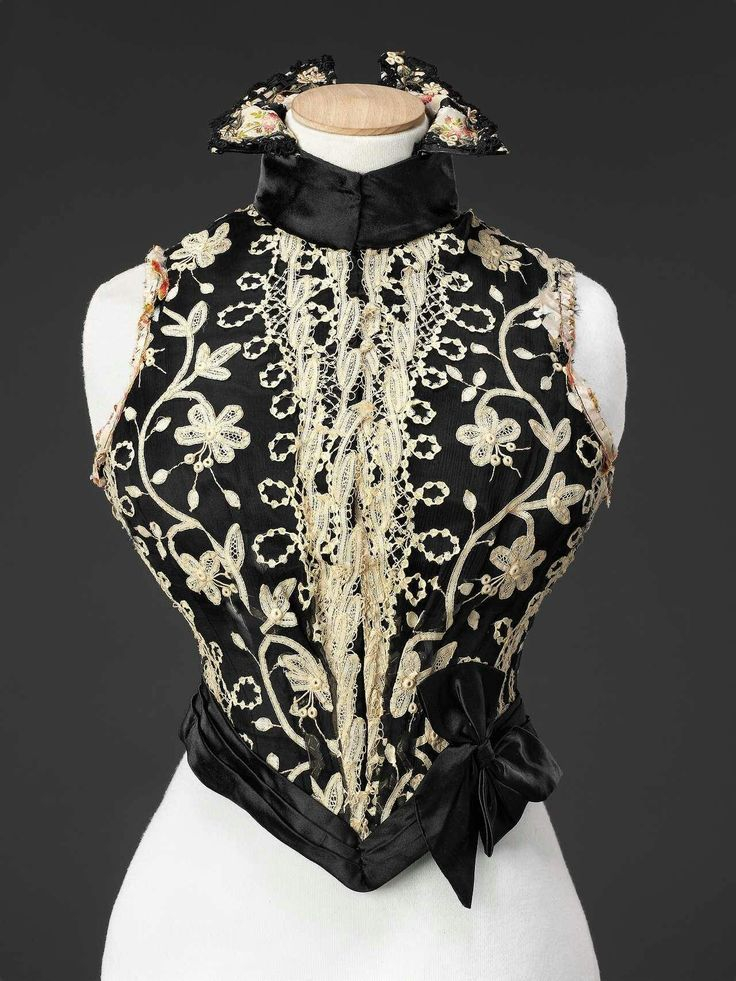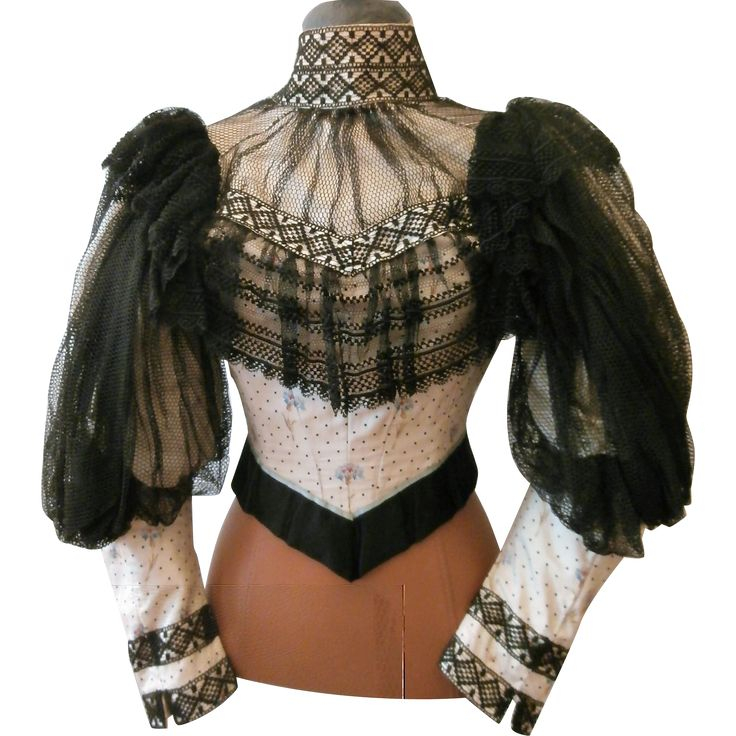Bodice
The waist is emphasized in Victorian clothing, and the breasts are meant to leap up directly beneath the chin. An item of clothing known as a bodice covers the body from the neck to the waist and is often worn by ladies and girls. The phrase is often used to separate the upper portion of a contemporary dress from the skirt and sleeves, or to a particular form of upper garment popular in Europe throughout the 16th to the 18th century. The term bodice derives from an ancient garment known as a pair of bodies and is etymologically an unusual pluralization of the word "body" (because the garment was originally made in two separate pieces that fastened together, frequently by lacing).
In several European nations' traditional or resurrected folk attire, bodices still exist today. A few bodices had back laces. Later on, both were laces, with eyelets facing one another, like a contemporary tennis shoe. For women who had to put on their own clothes, this was more practical. You can create a dress that is tailored for your body by creating a custom-fit bodice pattern, which will ultimately make you feel great while wearing the dress. Additionally, it highlighted the V-shape form as the Victorian Era's preferred body type. English bodices were gathered and embellished with lace and ruffles, whereas French bodices were tightly held against the skin. Because of its unusual shape, it was frequently referred to as a "fan bodice".












